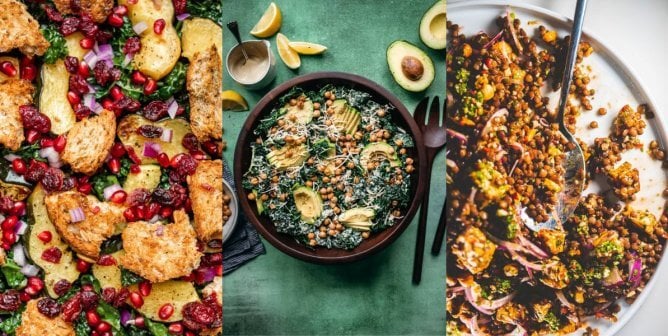Continued from Animal Ingredients List
Whether an ingredient was derived from an animal is not always clear. Many companies remove the word “animal” from their ingredient labels in order to avoid putting off consumers and to increase profit margins. Animal ingredients are used not because they are better than vegetable-derived or synthetic ingredients but because they are generally cheaper. Today’s slaughterhouses must dispose of the byproducts of the billions of animals killed every year and have found an easy and profitable solution in selling them to food and cosmetics manufacturers.
Animal ingredients come from every industry that uses animals, including the meat, dairy, egg, fishing, fur, and wool trades as well as others such as the horseracing and rodeo industries, which send unwanted animals to slaughter. Browse the “Issues” section of PETA.org to learn more about the animals who suffer because of these industries and what you can do to help.
Rendering plants process the bodies of millions of tons of dead animals every year, transforming decaying flesh and bones into profitable animal ingredients. The primary source of rendered animals is slaughterhouses, which provide the “inedible” parts of all animals killed for food. The bodies of companion animals who are euthanized in animal shelters wind up at rendering plants, too. One small plant in Québec renders 10 tons of dogs and cats per week—a sobering reminder of the horrible dog and cat overpopulation problem with which animal shelters must cope.
Some animal ingredients do not wind up in the final product but are used in the manufacturing process. For example, in the production of some refined sugars, bone char is used to whiten the sugar, and in some wines and beers, isinglass (from the swim bladders of fish) is used as a “clearing” agent.
Kosher symbols and markings are not reliable indicators on which vegans or vegetarians should base their purchasing decisions. This issue is complex, but the “K” or “Kosher” symbols basically mean that the food manufacturing process was overseen by a rabbi, who ensures that the food meets Hebrew dietary laws. Kosher foods may not contain both dairy products and meat, but they may contain one or the other. “P” or “Parve” means that the product contains no meat from land animals or dairy products but may contain fish or eggs. “D,” as in “Kosher D,” means that the product either contains dairy ingredients or was made with machinery that also processes dairy ingredients. For example, a chocolate and peanut candy may be marked “Kosher D” even if it doesn’t contain dairy ingredients because the nondairy chocolate was manufactured on machinery that also made milk chocolate. For questions regarding these and other Jewish symbols, please consult Jewish organizations or publications.
Thousands of products on store shelves have labels that are hard to decipher. It’s nearly impossible to avoid tiny amounts of animal ingredients, but it’s getting easier. Our list will give you a good working knowledge of the most common animal ingredients and their alternatives, allowing you to make decisions that will help save animals’ lives.
Good sources of additional information are A Consumer’s Dictionary of Cosmetic Ingredients, A Consumer’s Dictionary of Food Additives, or an unabridged dictionary. All these are available at most libraries.
Text VEG to 73822 to get the latest vegan lifestyle tips, recipes, and urgent action alerts texted right to your phone.
Terms for automated texts/calls from PETA: https://peta.vg/txt. Text STOP to end, HELP for more info. Msg/data rates may apply. U.S. only.







